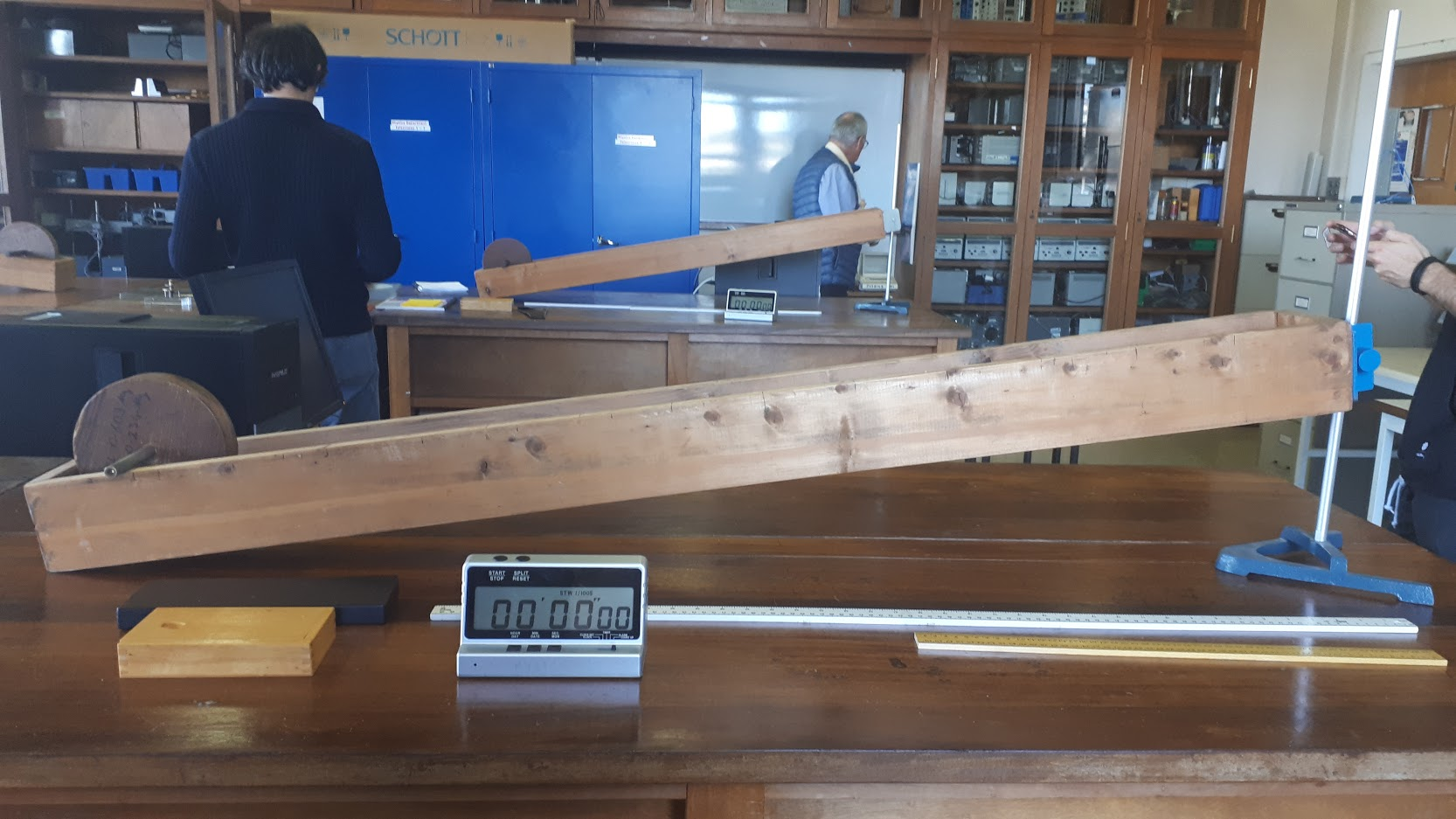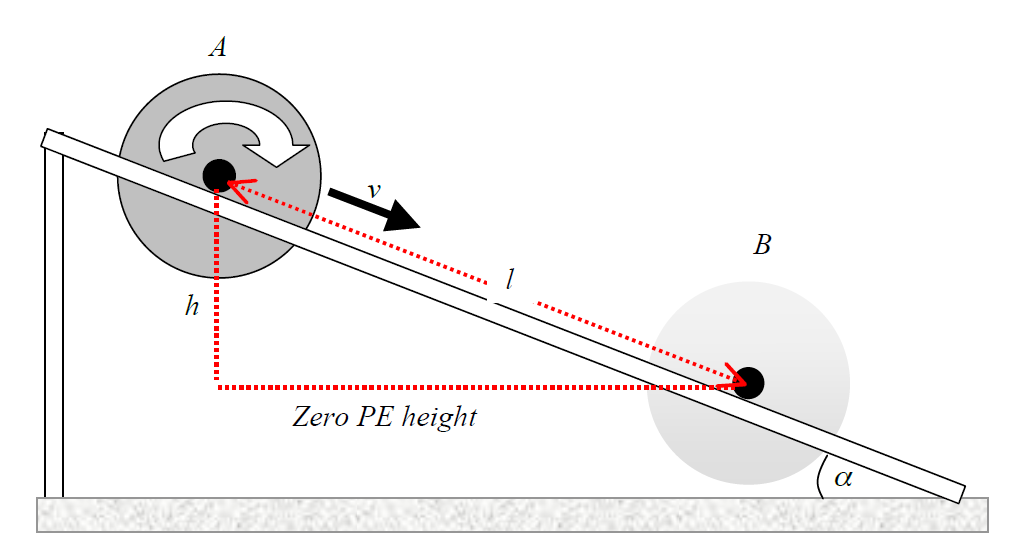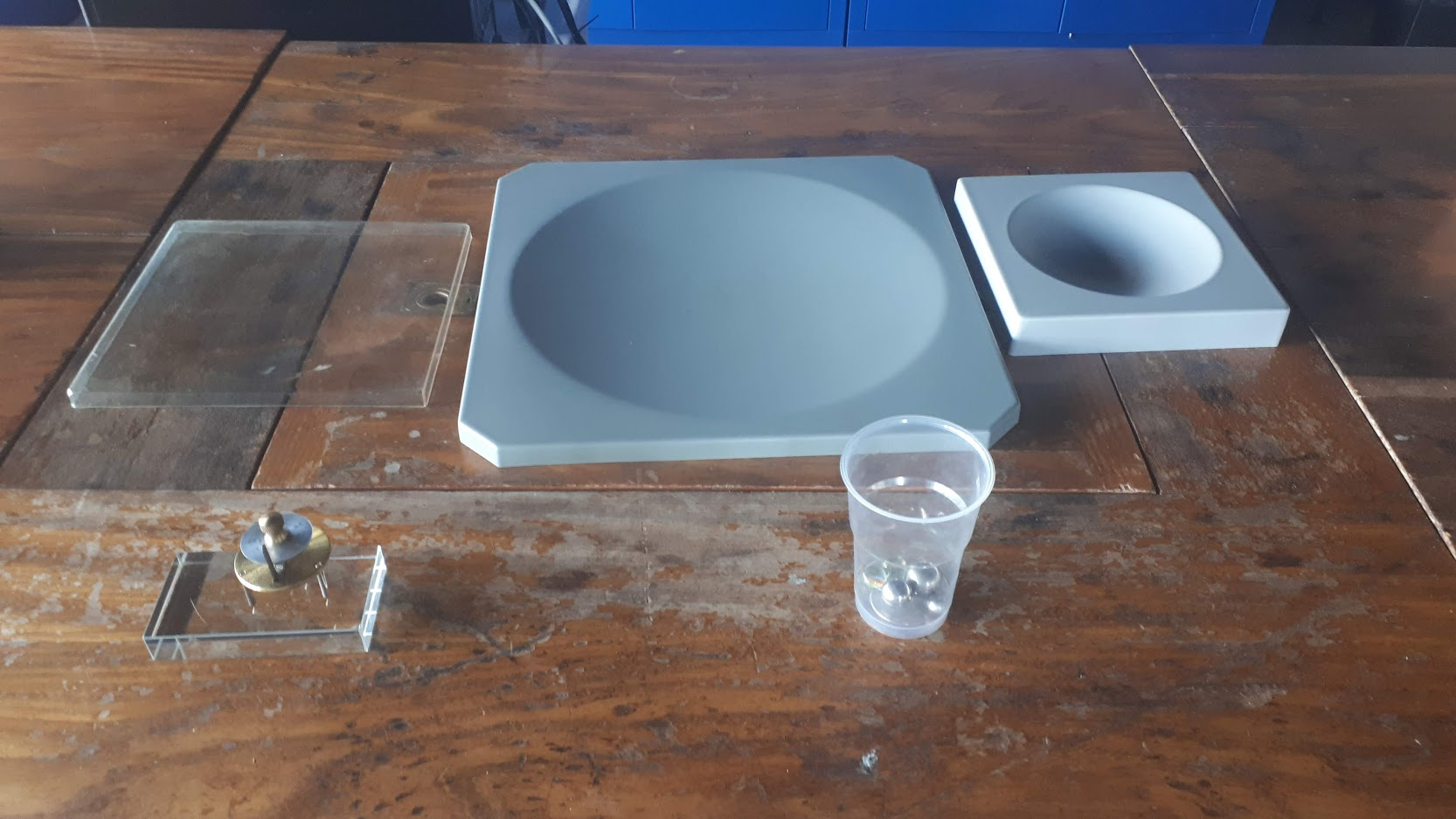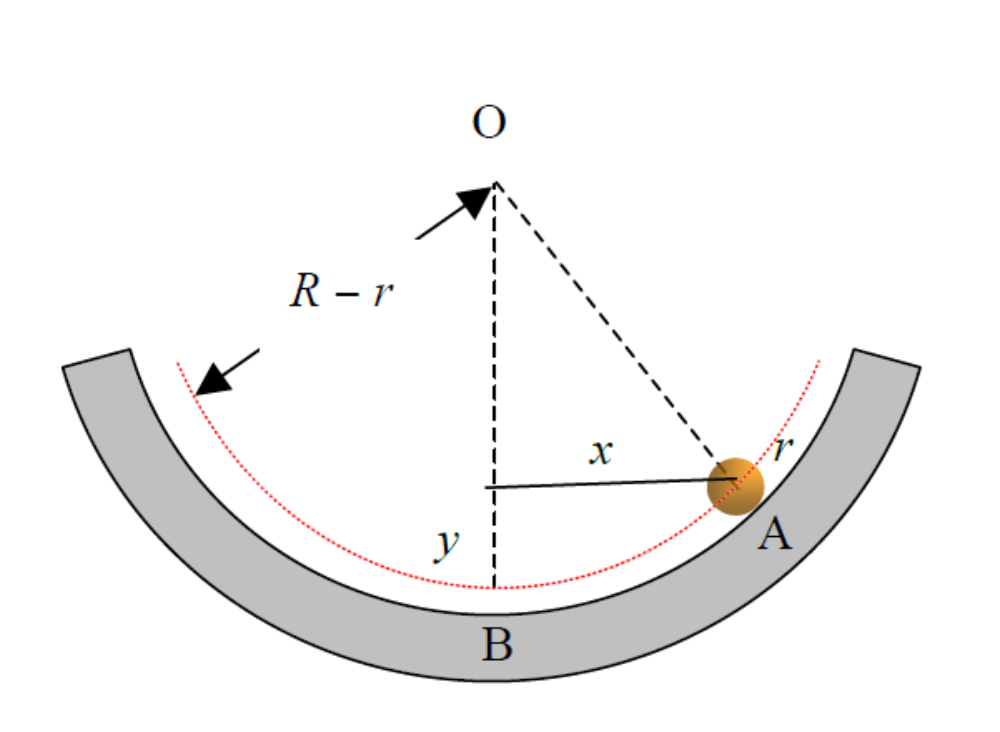- Home
- Semester and Timetable Information
- Study Physics
- Our Research
- Our People
- Careers and Alumni
- Seminars, News and Events
- Outreach and School Resources
- About the School
- What is Physics
- The Crawford Observatory
- Frequently Asked Questions
- UCC Futures Quantum & Photonics
- Supports
Moment of Inertia
The moment of inertia, I, of a body is a measure of how hard it is to get it rotating about some axis. The moment I is to rotation as mass m is to translation. The larger the value of I, the more work must be done in order to get the object spinning. This is analogous to the larger the mass, the more work must be done in order to get it moving in a straight line. Alloy rim wheels on a bicycle have a lower moment of inertia than steel rim wheels, thereby making them easier to set spinning and, as a result, making it easier to accelerate the bicycle.
The moment if inertia is ecplored in two parts in this experiment.
Part 1 Moment of Inertia of a Disk and Axle
In this part the moment of inertia is calculated and the calculated confirmed experimentally by rolling the disk and axle down a rail.
 |
 |
If you want to explore the concept of moment of inertia and mass try you hand with these online labs / simulations:
Moment of Inertia: Rolling and Sliding Down an Incline
Part 2: Moment of Inertia of a Ball-Bearing
In this part a speherical steel ball known as a ball bearing is used. When a uniform sphere rolls back and forth without
slipping on a concave spherical surface , it will execute small oscillations in a vertical plane. By showing these oscillations are simple harmonic in nature it is possible to determine an expression for the period and, hence, the moment of inertia for the sphere.
 |
 |
The curvature of the plane is measured using a spherelometer. You can try your hand using a spherometer in this online lab:
